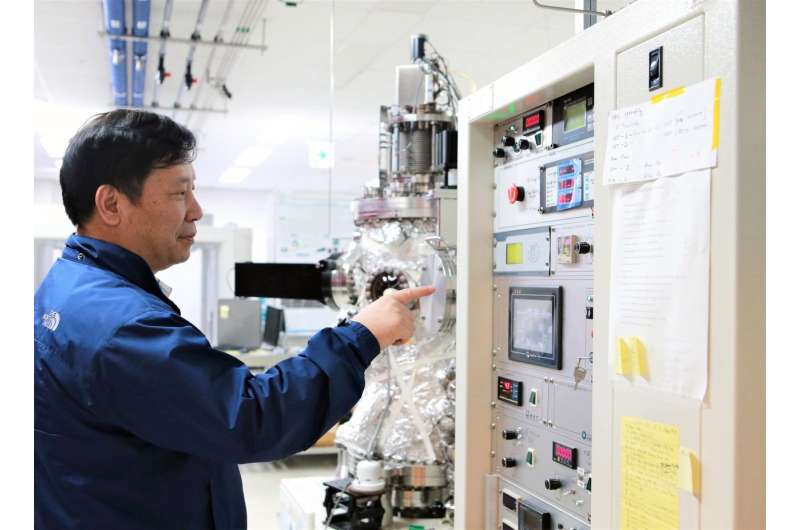Brighter flexible electroluminescent film by adopting eye structure of nocturnal animals

A research team led by Dr. Byeong-dae Choi of DGIST's Intelligent Devices and Systems Research Group has developed an electroluminescent film that is four times brighter than existing ones. The new film can improve the luminance of electroluminescent devices by 422 percent compared to conventional ones by applying retro-reflection electrodes that adapt the principle of nocturnal animal eyes.
Electroluminescent (EL) refers to an optical and electrical phenomenon in which a material emits light in response to the passage of an electric current. Electroluminescent films using phosphor powder have advantages such as excellent durability in a deformed state due to flexibility and elasticity, and high efficiency despite low cost. However, it was difficult to put into practical use due to their low brightness.
In order to increase the brightness of electroluminescent devices, the research team paid attention to the eyes of nocturnal animals with high utilization efficiency of light. The researchers used the retro-reflection characteristics that the light returns to the light source without being dispersed in the retroreflective structure of the nocturnal animal eye while it is scattered in the normal reflection structure.
The researchers fabricated an electroluminescent film coated with a light-transmitting luminescent film on a retroreflective electrode and have found that a light source composed of phosphor particles of several micrometers (μm) in size can have a wide viewing angle of reflected light on the prismatic retroreflective electrode surface.
In addition, the team discovered that when the light source has a transmittance higher than a certain value, there is no loss of reflected light, and the researchers were able to fabricate a high luminance electroluminescent light source by controlling the concentration of luminescent particles. The team also developed a film that improved brightness by 442 percent (1017 cd/m2, 6.67V/μm at 10kHz) compared to conventional technology by blending luminescent particle-polymer binder complexes at specific ratios.
Unlike conventional electroluminescent lights made of glass or plastic and used for lighting or a light source for advertisements, bright electroluminescent film is flexible and bendable. Moreover, it is expected to replace existing electroluminescent lighting as it can be produced at room temperature.

Dr. Byeongdae Choi said, "This study is significant, as it has applied to light emitting devices the light reflection principle of nocturnal animal eyes with high light utilization efficiency." He added, "Since this technology can also be applied to self-luminous displays, it is expected to contribute to strengthening Korea's competitiveness in the global lighting market, which is estimated to reach more than 120 trillion won per year in the future, as well as the next generation display market."
More information: Hyunseok Shim et al, Highly Bright Flexible Electroluminescent Devices with Retroreflective Electrodes, Advanced Materials Technologies (2017). DOI: 10.1002/admt.201700040
Provided by Daegu Gyeongbuk Institute of Science and Technology



















